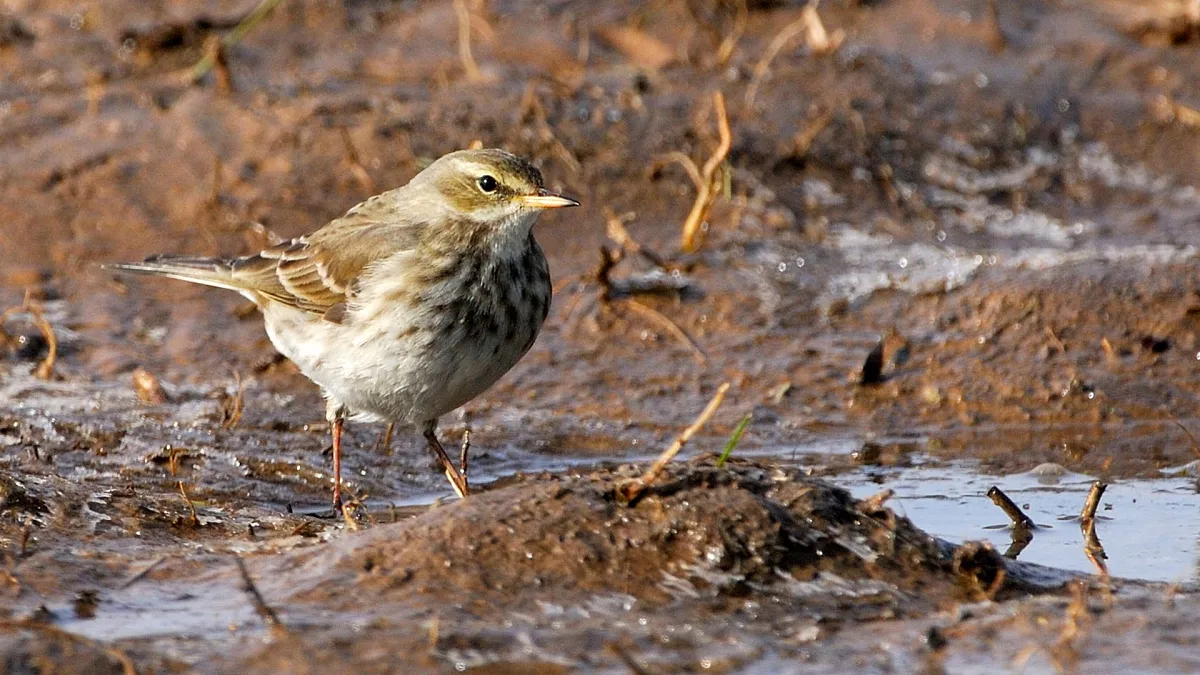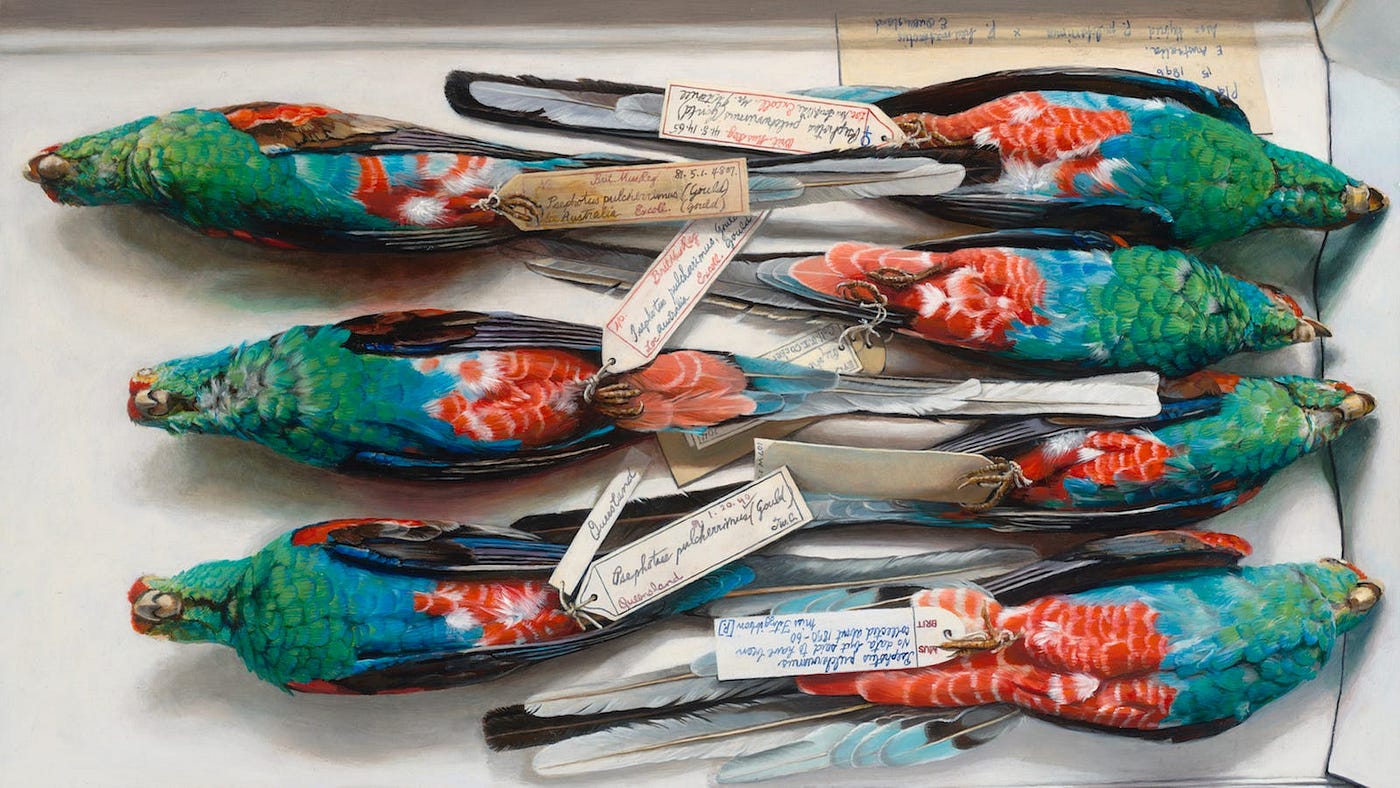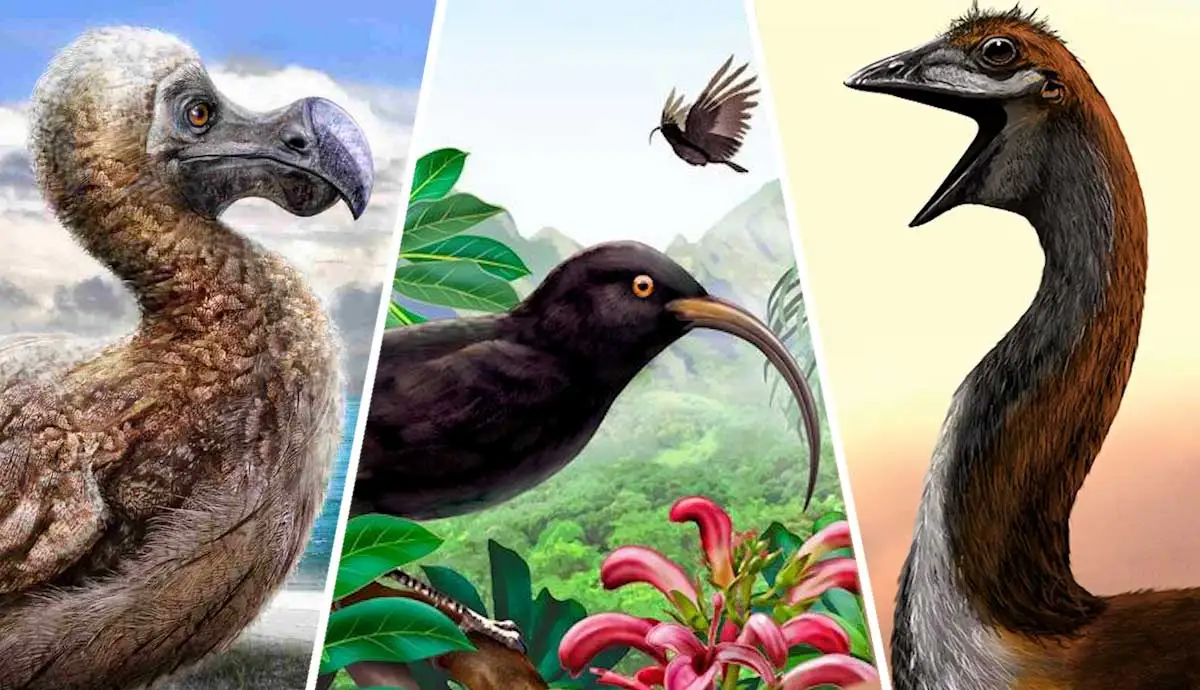Mass extinction: more than 1,400 bird species lost to human activity
The world of wildlife around us is a different combination of different species of animals. Scientists have recently discovered how devastating the consequences of our actions can be. Birds and humans have a long history of coexistence, but unfortunately, many bird species have vanished because of human activity intervention. Recent research by a team of scientists from Sweden and the UK, headed by Rob Cook, has used statistical models to determine the extent of this influence. They concluded that before the 1500s, human activity may have been responsible for the extinction of a significant number of bird species, as reported by New Humanist.
Tragedy on the islands: extinction of birds due to human activity
Recent scientific research led by Rob Cook of the UK’s Center for Ecology and Hydrology has highlighted how the islands have become a major focus of these tragedies. Using New Zealand as an example, where the scientific community has a complete record of pre-human bird species, the researchers made a number of educated guesses to arrive at the global death toll. The results were stunning: every eighth bird species became a victim of human activity. The total number of species lost was a dismal figure – about 1,400 species were destroyed due to our influence. This is alarming because birds play a key role in the balance of nature, from pollinating plants to scattering seeds, and their disappearance severely disrupts ecosystems.
Although the past cannot be changed, the present situation for our feathered friends does not look much promising. In the UK alone, wild bird numbers have decreased by 73 million since the 1970s. Simple measures such as installing bird feeders or limiting outdoor cats’ access to them can help, but more serious steps are needed to make real change. Restoring natural habitats, moving towards sustainable agricultural practices and efforts to combat climate change are critical measures to give birds a chance to survive in the modern world.

This study doesn’t just describe the pain of loss in nature, it serves as a wake-up call for humanity. It highlights our significant impact on the planet and calls for greater conservation efforts. By understanding our past mistakes, we can move forward to a future where birds and people can continue to thrive together without hurting each other.
Endangered Birds: The Biodiversity Crisis and the Role of Human Impacts
Every year, many bird species disappear on Earth as a result of human activity and environmental changes. According to research, since the beginning of the 20th century, about 200 bird species have been declared extinct. Among them are such famous species as the giant dodo, passenger pigeon and pygmy islander deer giant dodo,lived on the island of Mauritius, and was one of the largest flying birds in the world. However, the arrival of European sailors in the 17th century led to the extinction of this visible and clumsy bird within just a few decades.
Passenger pigeon,once the most abundant bird species in North America, was driven to extinction in the early 20th century by commercial hunting and loss of natural habitats.

Islander dwarf deer,living on the islands of the Mediterranean Sea, also faced threats caused by human influence. Loss of natural habitats and hunting have led to the disappearance of this distinctive bird species. Human activities, such as deforestation, pollution, the introduction of invasive species, and hunting, have emerged as the primary drivers behind the extinction of numerous bird species.Island species, whose natural habitats are being destroyed, are particularly vulnerable to these threats.
It is unfortunate that many of these extinct species were distinct and have no counterparts among current bird species. Their loss not only means a loss of biodiversity, but also the potential loss of valuable information about the life and evolution of birds.
To preserve the remaining species and prevent further extinction of birds, it is necessary to take effective measures to protect nature, preserve and restore their habitats, and reduce human impact on the environment.


